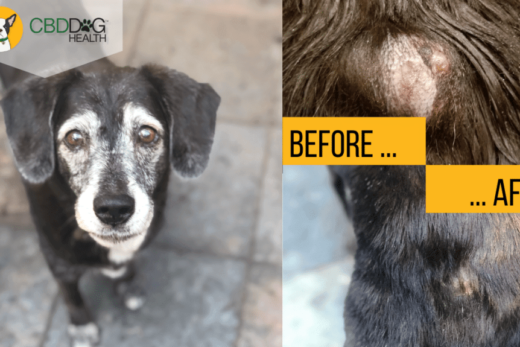
Joint health issues in dogs
The older a dog, the more likely they are to develop an issue with their bones and joints and studies have shown a high incidence of chronic osteoarthritis in our senior pets. Whether or not your dog will be affected is influenced by a number of factors including their lifestyle, weight and genetics; with breeds such as the Labrador, German Shepherd and Bulldog being over-represented.
Unlike humans, dogs don’t have the option of using crutches or wheelchairs. On top of this, their days are spent walking and running rather than sitting on the sofa watching TV and filling in crossword puzzles. They like to keep active, even in their old age.
Dog joints (and puppy joints) are lubricated with a small amount of fluid and covered with a layer of cartilage. This enables free and smooth movement.
As dogs get older, this layer of cartilage often becomes thinner, causing the surfaces of the bone to rub together and resulting in discomfort.
Owners will often bring their dog to the vet when their pet has been getting stiffer and slower and is having some trouble getting about. They may have noticed this change for weeks or months and felt it was ‘part of the normal aging process’. While many dogs can and do get arthritis, there is lots we can do to help them before it gets to this stage.
Preventing joint disease and treating it in its early stages can hugely impact a dog’s quality of life. Doing all we can to support our dog’s joint health can help them lead fuller and longer lives.
Dog joint supplements often contain ingredients that can not be made in the body, which is why they need to be incorporated into a dog diet. Humans suffering from joint problems often take supplements such as glucosamine, chondroitin, and Omega 3, which benefit dog joints, and puppy joints, in a similar way.
Signs of joint disease in dogs
Dogs will rarely vocalise in pain or refuse to walk. They are stoic creatures that tend to ‘just get on with it’. Even when in quite a lot of pain, dogs will still run after their favourite ball or rush to greet us when we arrive home from work. Signs of joint pain can be subtle and will include:
- Slowing down
- Getting tired more quickly on walks
- Stiffness when rising, especially in the mornings
- A hesitance to jump
- Joint swelling
- Crepitus (creaking or popping of the joints that is audible)
- Muscle wasting
- Reduced appetite
- Panting
- Shaking
Causes of joint disease in dogs
Top tips for dog joint care & improving joint health
While we cannot typically prevent or cure joint disease, it can be slowed down and managed. If you have a breed that is known for developing joint disease or you know their parents suffered, it is important to be pro-active.
Things that can help include:





